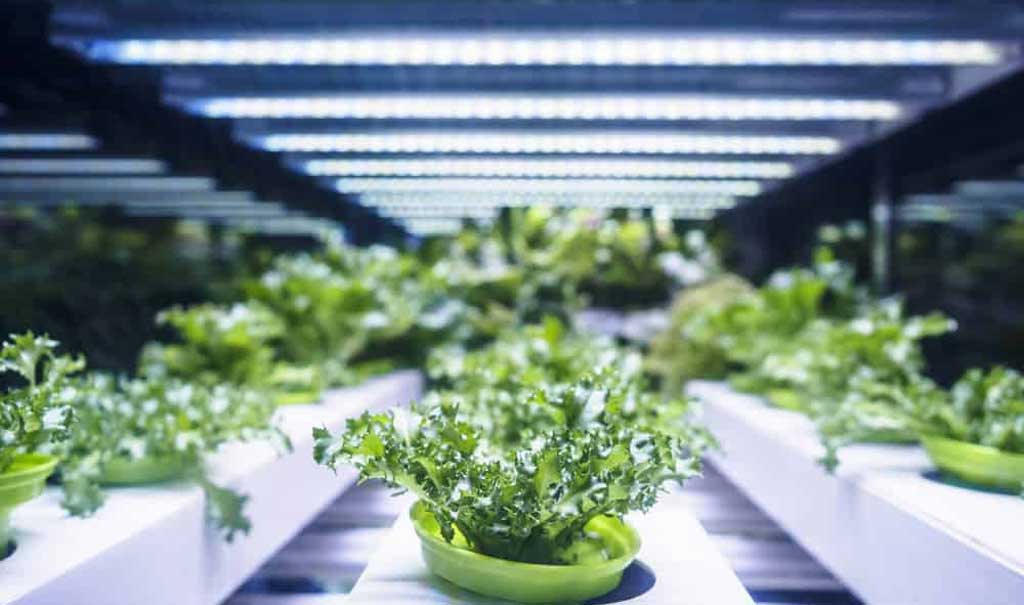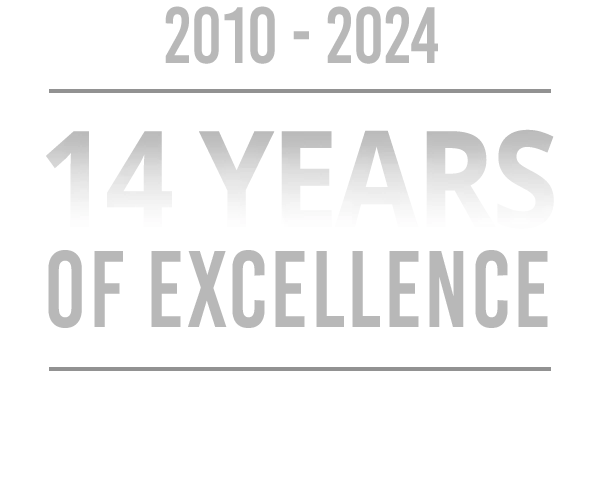The prospects for large-scale indoor horticulture are driven primarily by two factors: growing space, and lighting. Lighting may be the more technologically challenging factor, as generating a sufficient and uniform quantity and quality of indoor lighting is crucial to the success of an indoor horticultural operation. In recognition of the growing importance of indoor agriculture, the American Society of Agricultural and Biological Engineers (ASABE) published recommended standards for horticulture lighting that are designed to optimize indoor growing conditions with sustainable energy resources. Next generation LED horticulture lighting can meet or exceed those standards in every material aspect.
Measuring the Quality of LED Horticulture Lighting
LED lighting satisfies the economic requirements for a successful indoor growing operation in that LEDs utilize substantially less input energy than traditional artificial lighting sources to illuminate an indoor growing operation, which results in lower utility and operating costs. LEDs also impose lower maintenance costs on an indoor agricultural center due to their longevity and durability.
Yet as ASABE realized, not all LEDs are appropriate for indoor plant growth. For optimum photosynthesis, plants need sustained amounts of the blue and red light spectrum within certain wavelength bands that natural sunlight produces, but which is often missing from more generic LED lights. Quality LED horticulture lighting will be comprised of certain phosphor combinations that generate light within the appropriate bands of the visible light spectrum. Advanced LED horticulture light control systems then combine different LED wavelength lights to mimic natural sunlight. The ASABE standards reflect these optimum conditions.
The ASABE standards will ultimately be divided into three parts. The first part, which was published in the second half of 2017, establishes definitions and descriptions of metrics that will be used to measure plant growth and development. These definitions and metrics will be critical to allow indoor horticulturalists to compare LED horticulture lighting in relation to objective criteria that removes bias and uncertainty from measurements. The second and third parts will address measuring and testing LED lighting for indoor horticulture, and different performance measurements for LED horticulture lighting.
Important Factors in LED Horticulture Lighting
Until all three parts of the ASABE standards are published and accepted within the industry, an indoor agriculturalist who is looking to install LED horticulture lighting can focus on three pieces of information that an LED manufacturer should be able to provide:
- Photosynthetic Photon Flux (PPF)
- Input watts
- PPF density
PPF is essentially a measurement of the amount of the quality and quantity of the illumination generated by an LED horticulture light that is in the bandwidth that optimizes photosynthesis. Input watt ratings will tell a grower how much electrical energy the LED horticulture light requires to produce the light in that bandwidth, and PPF density measures the amount of that bandwidth of light that the LED horticulture light actually delivers to a growing area. Reliance on these standards will ultimately eliminate the need to evaluate LED horticulture lights according to their lumen ratings or other measurements that might be appropriate for other industrial or commercial applications, but which do not have a strong a bearing in the indoor agriculture arena.
SpecGrade LED, a domestic designer and manufacturer of industrial and commercial LED lighting systems in Columbus, Ohio, encourages further development and refinement of the ASABE standards. Our company’s engineers are striving to create LED horticulture lights that generate the maximum amount of visible spectrum light that all plants can use to grow and thrive in an indoor agriculture operation.


